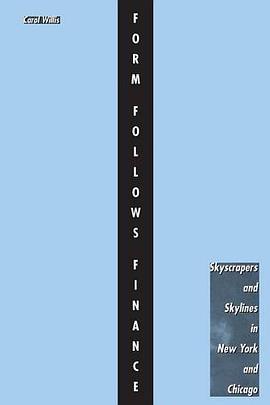Form Follows Finance
内容简介
Although fundamental factors of program, technology, and economics make tall buildings everywhere take similar forms, skyscrapers in New York and Chicago developed very differently in the first half of the 20th century. In contrast to standard histories that counterpose the design philosophies of the Chicago and New York "schools, " Form Follows Finance shows how market formulas produced characteristic forms in each city - "vernaculars of capitalism" - that resulted from local land-use patterns, municipal codes, and zoning. Refuting some common cliches of skyscraper history such as the equation of big buildings with big business and the idea of a "corporate skyline, " this book emphasizes the importance of speculative development and the impact of real estate cycles on the forms of buildings. Form Follows Finance demonstrates that cities are complex commercial environments where buildings are businesses, space is a commodity, and location and image have value.
......(更多)
作者简介
......(更多)
目录
......(更多)
读书文摘
Economical depth: better-lit space produced higher revenue than deep and therefore dark interiors. George Hill: "After a certain point is reached, no more money can be obtained"
......(更多)






